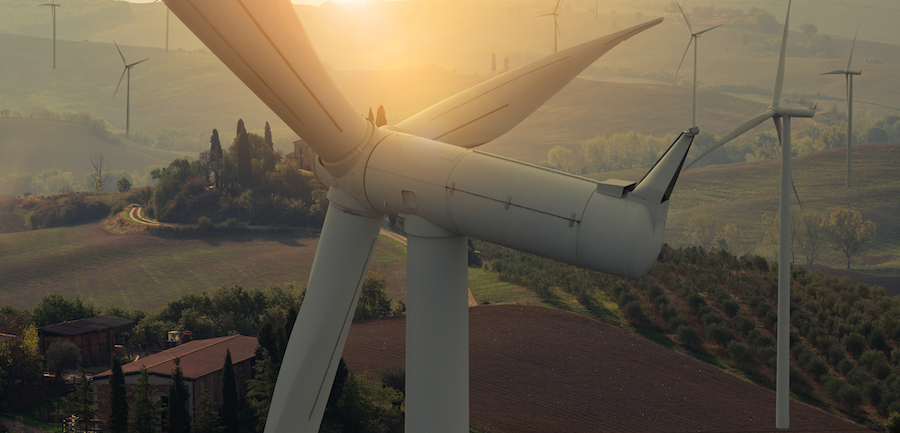
The Climate Change Committee (CCC) was set up in 2008 to help the UK’s governments (Westminster and devolved nations) tackle climate change and build a low-carbon economy. Since then, it has become a respected commentator and influential advisory body. In February 2025, it published its 7th carbon budget. It’s like a State Of The Union for the UK’s climate change space. One of the highlights of the report was a revision of its previous targets for heat pumps in UK buildings. In this article, we’ll tell you more about it.
New heat pump targets
The UK government and the CCC had ambitious goals for heat pumps, but slow adoption has forced a reassessment. Its new targets reflect a more gradual transition than previously expected.
The CCC now aims for 450,000 heat pump installations annually by 2030, increasing to 1.5 million by 2035. This marks a sharp reduction from its plan from 2020, which targeted over a million each year by the end of the decade.
In its report, the CCC acknowledged that while demand for heat pumps is growing, it has not accelerated at the pace needed to hit the original targets. The committee now believes adoptions will follow an ‘S-curve’ – slow uptake initially before rapid acceleration, a bit like mobile phones in the 1980s and 90s.
The revised targets are more in line with those of other European nations like Ireland and The Netherlands. This suggests that while the UK is lagging behind its heat pump targets, the targets may have been too ambitious in the first place. A more realistic approach could lead to better long-term success with scaling and adoption.
Energy production evolution
Elsewhere in the carbon budget, the CCC set out its observations on the transition to net zero.
Despite initially aiming to phase out unrestricted gas generation by 2035, the CCC now acknowledges that gas will still make up part of the UK’s energy mix in 2035 and beyond. Some capacity will need to be kept in reserve into the 2040s to ensure the security of supply.
The CCC also predicted that bio-energy plants fitted with carbon capture will contribute less than 2% of electricity generation by 2040. This is a significant decline from the current 10% contribution from biomass plants such as Drax in North Yorkshire.
On the other hand, the CCC all but disregarded hydrogen in its report, saying that it will play a ‘very niche’ role in the energy mix, mainly in surface transport such as HGVs. It will have no role in building heating. This is because heat pumps are the priority.
The cost of net zero
Finally in its report, the CCC attempted to total up the cost to the UK of achieving net zero.
Its current estimate is that achieving net zero is just 0.2% of GDP per year until 2050. This is significantly lower than the previous estimate of 0.6% that it made in the 6th carbon budget. However, most investments will need to be made upfront, with cost savings only emerging in the long term.
Looking to the future
Opinions in the industry are divided on whether the CCC’s targets are on the right track. A spokesperson for the UK’s gas networks argued that the CCC is underestimating the role gas networks could play in reaching net zero. On the other hand, the chair of the National Infrastructure Commission backed the CCC and called for extra measures to accelerate the adoption of heat pumps.
It’s clear that the next few years will be crucial in determining whether the UK can still meet its broader decarbonisation targets and hit that all-important net zero. We need to continue the transition, while still ensuring a reliable and affordable energy network for consumers. This is becoming harder and harder every day, so it’s welcome to see bodies being more realistic with their targets.
